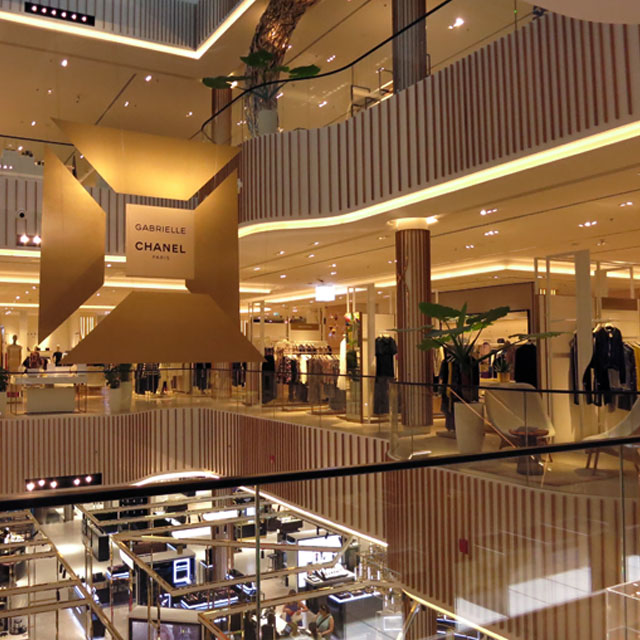How To Win More Customers This Holiday Season
Holiday shoppers will be headed out to the malls and Main Street this year.
They might also be shopping online, but the foot traffic is music to most retailers’ ears.
According to a study by Natural Insight, 87% of shoppers are planning to hit the road and shop. That number is spread out among younger shoppers, age 18 to 29, as well as older ones, age 45 to 59.
Once they’re in the store, the trick is to entice them to become customers.
Smart retailers will analyze customer data to pinpoint areas of differentiation. Providing a relevant, efficient customer experience is the end game. The trick is getting there.
Here are a few ways two big retailers are strategizing to make the most out of the most critical shopping time of the year.
Target
Target is striving to reignite its hip style image, while keeping products affordable.
Ship to Store
Target is offering its ship-from-store program at an additional 300 stores this holiday season.
The offering gets online orders to customers faster, and brings them into the store — where impulse shopping can drive up the total sale.
Reduce returns
Target’s GiftNow relieves some gift-giving anxiety.
A customer selects the GiftNow button when buying an item on Target.com.
The recipient receives the present as a digital gift box and has the option to accept, modify or pick an entirely different item.
In effect, the recipient can exchange the gift before ever receiving it. Less hassle for the recipient and less costly for Target.
Understanding demographics
Target has had success attracting families and Latinos with last year’s holiday campaign, but it didn’t connect with either young adults without children or empty nesters.
Some of the exclusive brands it plans to launch, including Hearth & Hand with Magnolia, a partnership with HGTV ties, and JoyLab, an atheleisure line, are geared toward appealing to that market.
Toys R Us
Success this holiday season is a life or death proposition for Toys R Us, which recently filed for Chapter 11 bankruptcy protection.
Technology
The toy retailer is using augmented reality technology to transform its customer experience.
Customers – in particular, their children – use an app to view AR activities that implant computer-generated images on top of a real-world environment, a la Pokemon Go.
Shoppers are guided by flashing icons and stickers on the floor, and by pointing their mobile devices at shelf sign or floor decal, see a toy or activity come to life on the screen.
Each activity lets the player earn stars; as more stars are earned, more experiences are offered.
The idea is to offer shoppers a compelling customer experience so they visit a store, rather than shop online.
The goal is to be a shopping destination where fun informs purchasing decisions.
Experiential retail
In addition, the retailer will open playrooms at many of its stores, where children can try out toys and demonstrations will be available.
That can go a long way in reversing a mindset of not wanting to shop with the kids who are frustrated at not being able to touch and play with toys on the shelf.
Instead, the strategy encourages bringing children and listening to their feedback.
Brick and mortars that understand their shoppers and formulate strategies specifically geared toward them will be best positioned this holiday season.
Those who continue with tired formulas that meet neither the needs nor the expectations of shoppers will lose out to online competitors, as well as to the brick and mortars that are evolving with their customers.






















